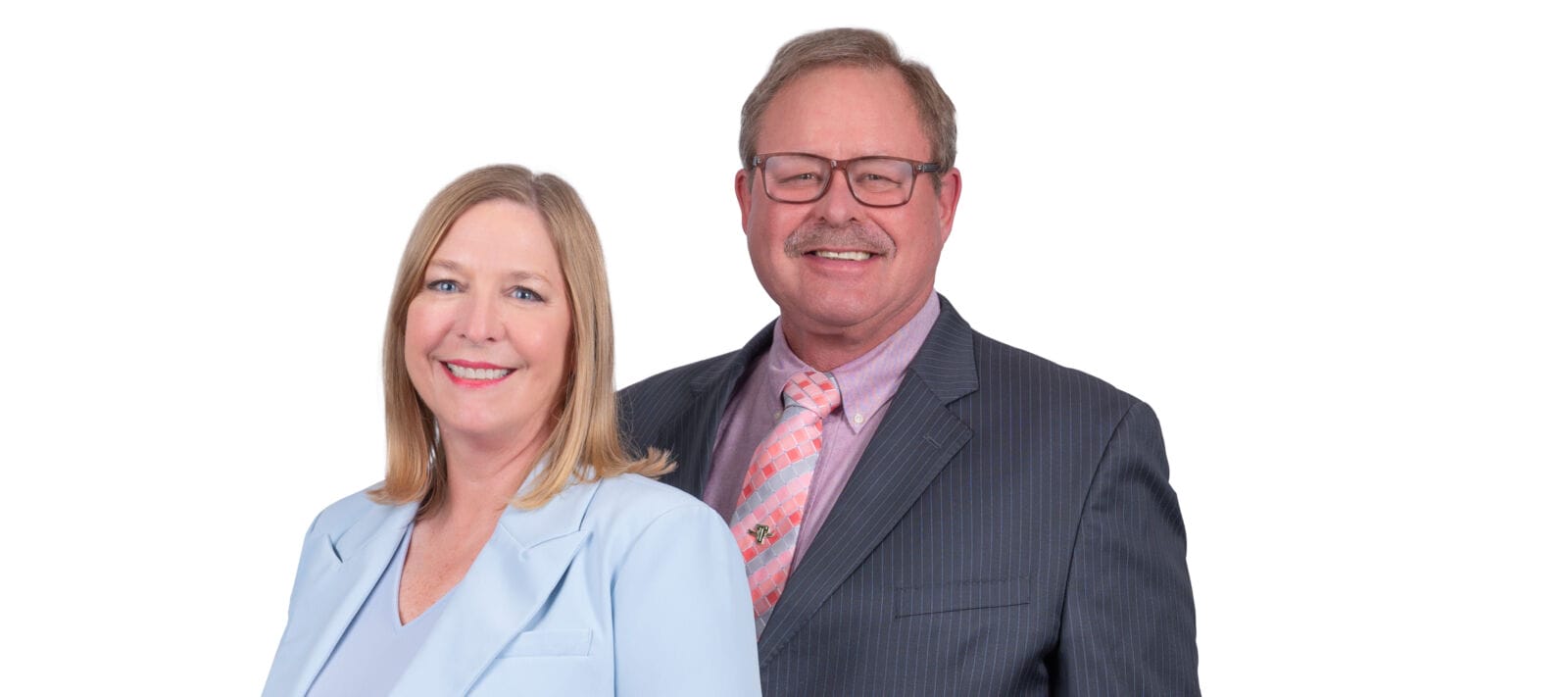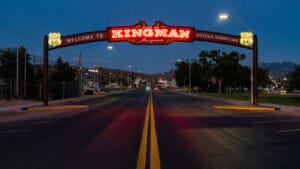In 1974, a group of 11 enterprising business and economic leaders formed the Arizona Association for Industrial Development (AAID). 50 years later, the organization is now known as the Arizona Association for Economic Development (AAED), but its mission to fortify the entire state’s position to attract investment and create jobs remains the same.
The need for a unified voice for Arizona’s economic development community was one of the animating reasons for creating AAED, explains Rick Ireland, a founding member and former president.
“There has always been a lot of competition between Phoenix and Tucson because of the rivalry between [Arizona State University] and [the University of Arizona],” he says. “That was even more prevalent 50 years ago. We were told by site selectors at the time who toured both areas that we better find a way of cooperating, or we were in danger of losing future employment opportunities.”
Taking that advice to heart, members of AAED have come together since its inception to discuss and promote economic development in all of Arizona through an exchange of information and learning opportunities.
“Being from a rural area in the state, the community goals I was working towards were every bit as important as those being sought in the metro areas,” says Robert Riley, former AAED president. “The first principle of the organization was to help, instruct and support each member to achieve success with attracting business expansion to their community. If a project did not fit your community, you worked with other members to keep the expansion in the state. That way everyone benefited directly or indirectly.”
LEARN MORE: Meet Katie Hurst, new executive director for AAED
Early in AAED’s history, the association began prospecting trips outside the state to dispel myths that Arizona was a dry, unlivable desert full of cactus and rattlesnakes. The first of these trips was to New York City in the winter of 1978 — which made a slideshow highlighting Arizona’s sunshine and quality of life even more attractive. Arizona Gov. Raúl Castro was the featured speaker during the trip, and the AAED delegation met with more than 100 heads of major corporations.
“The planning, invitations, logistics and securing the Governor of Arizona to star as the keynote speaker and senior ambassador was accomplished through committee work,” Riley says. “It was no small task as cell phones and computers were not mainstream then, but it allowed members a personal visit with business owners/representatives looking to expand operations to the Southwest. The format of those trips was copied by other states, and as technology advanced, AAED changed course but continues to be at the forefront of innovative ideas to promote and develop Arizona economically.”
SPRING CONFERENCE
Every year, AAED hosts its Spring Conference as an opportunity for the economic development community to network and grow professionally through learning sessions. This year, however, will hold even more importance as AAED celebrates its golden anniversary. The conference will take place April 23 through April 26 — aligning with the adoption and signing of the constitution and bylaws of AAED, which took place on April 24, 1974.
“The 50th anniversary celebration is a chance for us to honor the pioneers and visionaries in our profession for starting the association and driving it for the first 50 years,” says Vincent “Skip” Becker, president of AAED. “The theme of the conference is navigating the next 50 year and will take place in beautiful Lake Havasu City — my family’s home for the last 12 years and where it all began as the Arizona Association for Industrial Development in 1974.”
Part of the festivities include a golf tournament, a cruise of Lake Havasu on a paddle wheeler for distinguished guests and a celebration dinner featuring past AAED presidents. Kristen Howard, AAED board member, notes that the conference is a great opportunity for professionals to connect without the distractions of everyday life.
“The Spring Conference is off-site, so there’s a lot of focused attention on each other,” she continues. “But the structure of the event is going to be based around the 50th anniversary. We’ll have past presidents share their insights, economists talk about the future and have a speaker talk about bridging the generational gap.”
Registration for the Spring Conference is still open and can be found here.




